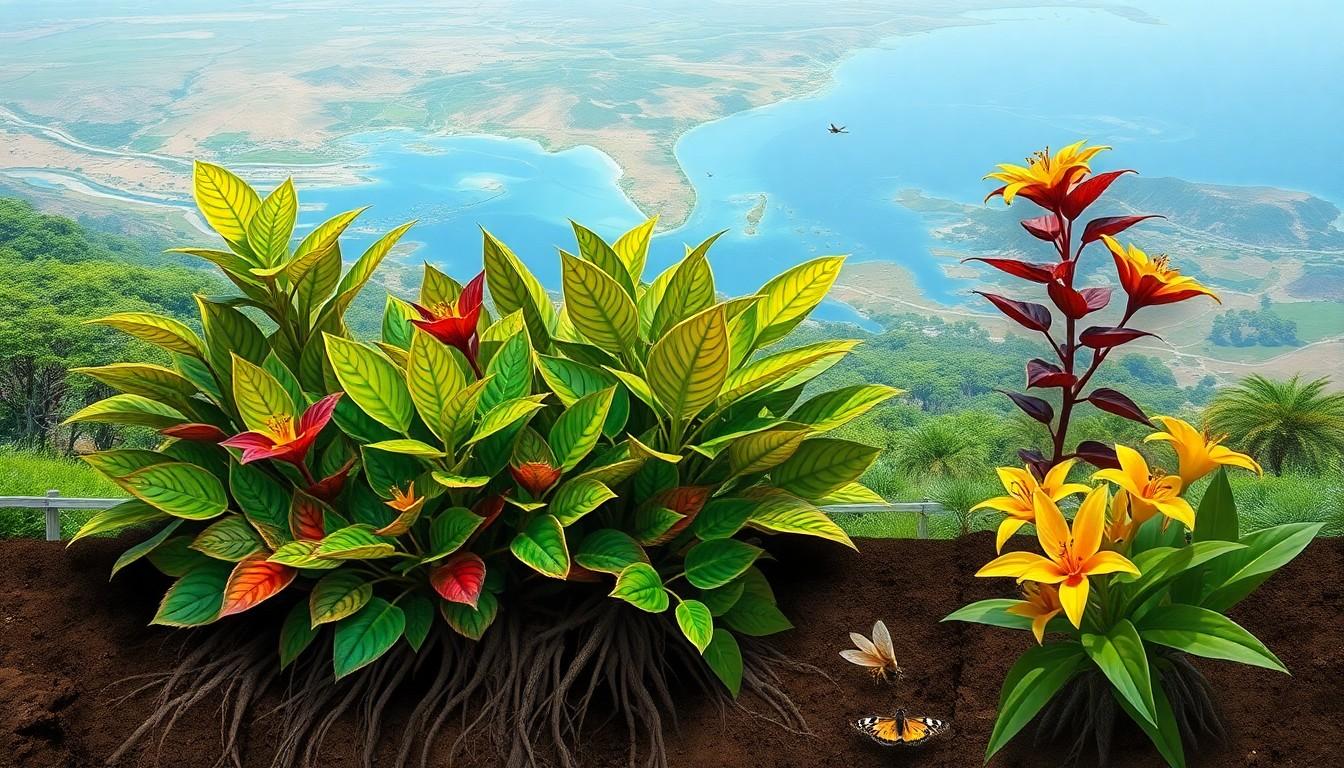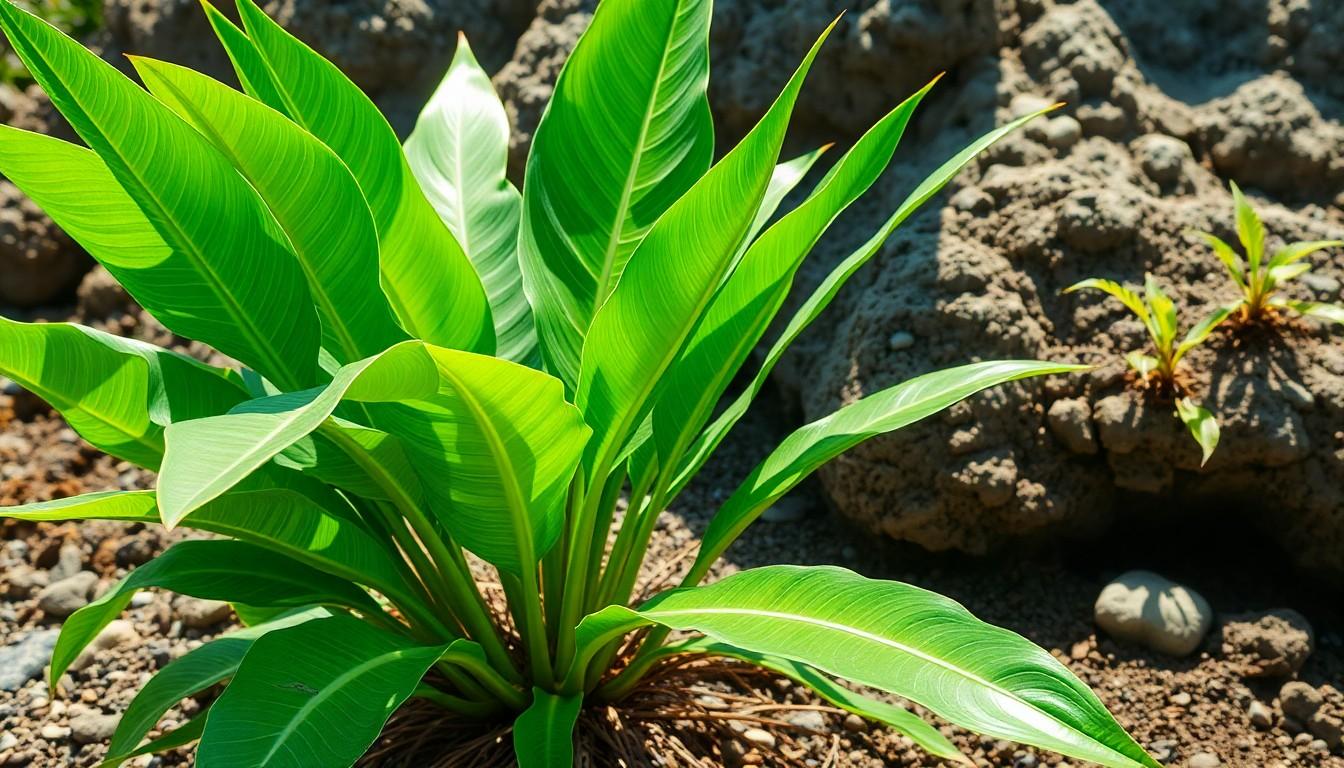
Why Nezonsia Keeps Coming Back: Discover the Secrets Behind Its Resilience
Nezonsia has a knack for making a grand return, like that one friend who just can’t take a hint. Whether it’s the irresistible charm of its vibrant colors or the way it seems to thrive in the most unexpected places, this enigmatic phenomenon keeps people guessing. But why does Nezonsia keep crashing the party?
Overview of Nezonsia
Nezonsia exhibits unique characteristics that contribute to its resilience. Originating from both coastal and inland regions, it thrives in diverse environments. Colorful patterns on its leaves attract attention, enhancing its visual appeal. This adaptability allows Nezonsia to survive in fluctuating conditions.
Multiple factors ensure Nezonsia’s return. Its robust root system anchors it firmly, facilitating access to water and nutrients. Natural predators often fail to deter Nezonsia, as its tough exterior and chemical defenses provide protection. Pollinators contribute significantly to its life cycle, ensuring continued reproduction.
Seasonal changes affect Nezonsia but not to its detriment. During periods of drought, it enters a dormant state, preserving energy for future growth. This capability to withstand harsh climates further cements its status in various ecosystems. Consequently, Nezonsia can thrive where other species may struggle.
Researchers continue to study Nezonsia’s environmental interactions, uncovering more insights into its persistence. The plant’s genetic adaptability plays a crucial role in its repeated appearances. When faced with adversity, Nezonsia alters its growth patterns, enabling survival and propagation.
Understanding the mechanisms behind Nezonsia’s recurrence not only fuels curiosity but also informs conservation efforts. The quest to unravel its secrets serves as a reminder of the intricate relationships within ecosystems. Nezonsia remains a captivating subject for both scientists and nature enthusiasts alike.
Factors Contributing to Nezonsia’s Persistence

Nezonsia’s ability to thrive results from various environmental and biological factors.
Environmental Influences
Diverse habitats support Nezonsia’s growth, including coastal regions and inland areas. Rain patterns and temperature fluctuations affect water availability, crucial for its development. During droughts, Nezonsia can conserve resources by entering a dormant state, allowing it to survive unfavorable conditions. Exposure to sunlight plays a role as well; adequate light encourages photosynthesis, supporting vibrant leaf patterns. Such adaptability equips Nezonsia to endure changes in its environment, contributing to its frequent reappearance.
Biological Characteristics
Unique traits enhance Nezonsia’s resilience. A robust root system anchors it firmly while accessing vital water and nutrients. Thick foliage acts as a deterrent against herbivores, minimizing damage. Chemical defenses discourage predators from feasting on it, ensuring better survival rates. Pollinators significantly impact its reproduction cycle, facilitating continued growth and spread. Genetic adaptability empowers Nezonsia to shift growth patterns in response to various challenges, maintaining its presence across ecosystems.
Impact on Surrounding Ecosystems
Nezonsia significantly influences the ecosystems where it thrives. Its presence affects both the predator population and the competition with other species.
Predatory Relationships
Nezonsia’s tough exterior and chemical defenses often deter predators. Herbivores typically avoid it, leading to an increase in its population. The lack of natural threats allows Nezonsia to flourish, further entrenching it within its habitat. Additionally, its vibrant leaf patterns attract beneficial pollinators, creating a balanced ecosystem that supports various species. This unique interaction fosters a complex web of relationships, enhancing biodiversity in the region.
Competing Species
Nezonsia’s adaptability ensures it competes effectively for resources. Other plant species often struggle against its robust root system and ability to thrive in diverse conditions. When water and sunlight become limiting factors, Nezonsia utilizes them efficiently, overshadowing less adaptable flora. Its dominance can sometimes lead to the decline of local plant varieties, impacting overall ecosystem balance. By occupying spaces that support its growth, Nezonsia reshapes the dynamics within its environment, highlighting the interconnectedness of species survival.
Human Interaction with Nezonsia
Human interactions with Nezonsia shape its growth and survival, weaving a complex web of relationships between the plant and people.
Agricultural Implications
Nezonsia’s unique characteristics present both challenges and opportunities in agriculture. Farmers often encounter its resilience in crop fields, where it can compete for vital resources. Effective management strategies are crucial in minimizing its impact on cultivated plants. Some agriculturalists harness Nezonsia’s ability to improve soil health, leveraging its deep root system to enhance soil structure and nutrient availability. Moreover, understanding Nezonsia’s growth patterns aids in selecting compatible crops during planning phases. By incorporating this knowledge, farmers can foster beneficial interactions while mitigating negative consequences in their fields.
Conservation Efforts
Conservationists recognize Nezonsia’s role in maintaining biodiversity within ecosystems. Protecting its habitat supports numerous species that rely on Nezonsia for food and shelter. Restoration projects often include Nezonsia to revive degraded lands and promote ecosystem stability. Awareness campaigns highlight the importance of preserving this plant, as its presence contributes to resilient environments. Partnerships with local communities further enhance conservation outcomes, ensuring that sustainable practices coexist with traditional land management. Engaging stakeholders fosters a collective approach to safeguarding Nezonsia for future generations.
Conclusion
Nezonsia’s remarkable ability to thrive in diverse environments underscores its resilience and adaptability. This persistent plant not only enhances the beauty of its surroundings but also plays a crucial role in maintaining ecosystem balance. Its interactions with pollinators and competitors further highlight its significance in shaping biodiversity. As researchers continue to explore Nezonsia’s impact on both natural habitats and agricultural practices, the importance of sustainable management becomes increasingly clear. By understanding and appreciating Nezonsia, individuals can contribute to the preservation of this captivating species for future generations.



